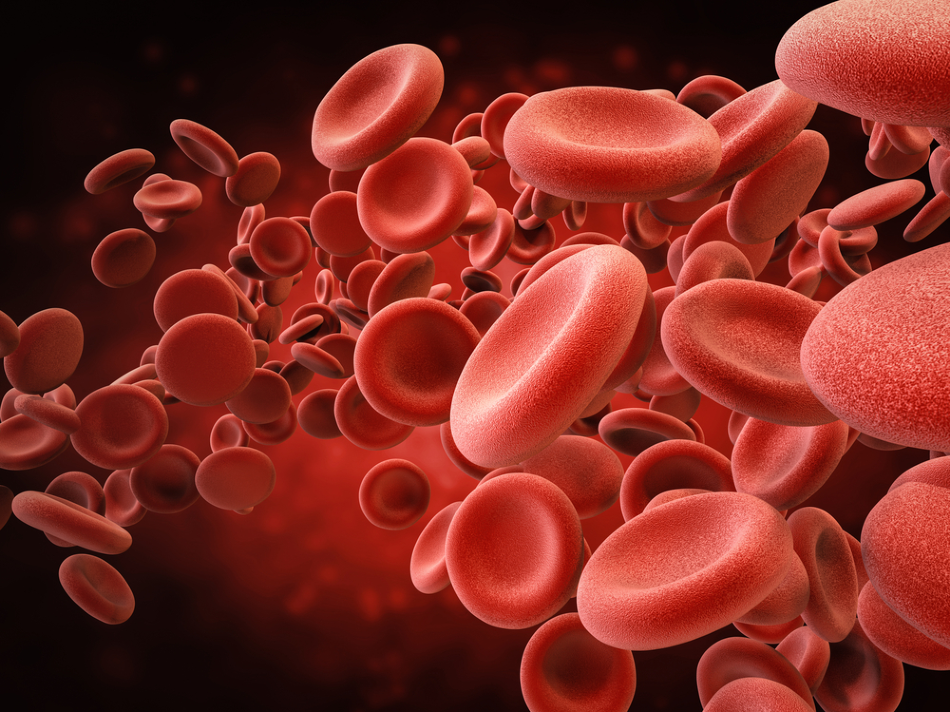Different blood groups exist because of inherited variations in the antigens present on the surface of red blood cells. These antigens, which can be proteins, carbohydrates, or other molecules, trigger immune responses if they are perceived as foreign by the body. The ABO and Rh blood group systems, the most well-known, are determined by the presence or absence of specific antigens.
Here's a more detailed explanation:
Antigens:
Blood groups are defined by the presence or absence of antigens on the surface of red blood cells.
ABO System:
The ABO blood group system is determined by the presence of A and B antigens. Blood types are A, B, AB, or O, based on whether they have A antigens, B antigens, both, or neither.
Rh System:
The Rh system is another important blood group system. Individuals are either Rh positive (carrying the Rh antigen) or Rh negative (lacking it).
Inheritance:
Blood type is inherited from parents. Each person inherits two genes, one from each parent, which determine their blood type within the ABO and Rh systems.
Immune Response:
The body's immune system recognizes these antigens. If a person receives blood with an antigen they don't have, their immune system will attack it.
Evolutionary Factors:
The distribution of different blood groups varies across populations, possibly due to evolutionary factors like disease resistance. For example, some studies suggest that people with type O blood may have some protection against certain diseases like malaria, while other blood types may have varying levels of resistance to other diseases.

